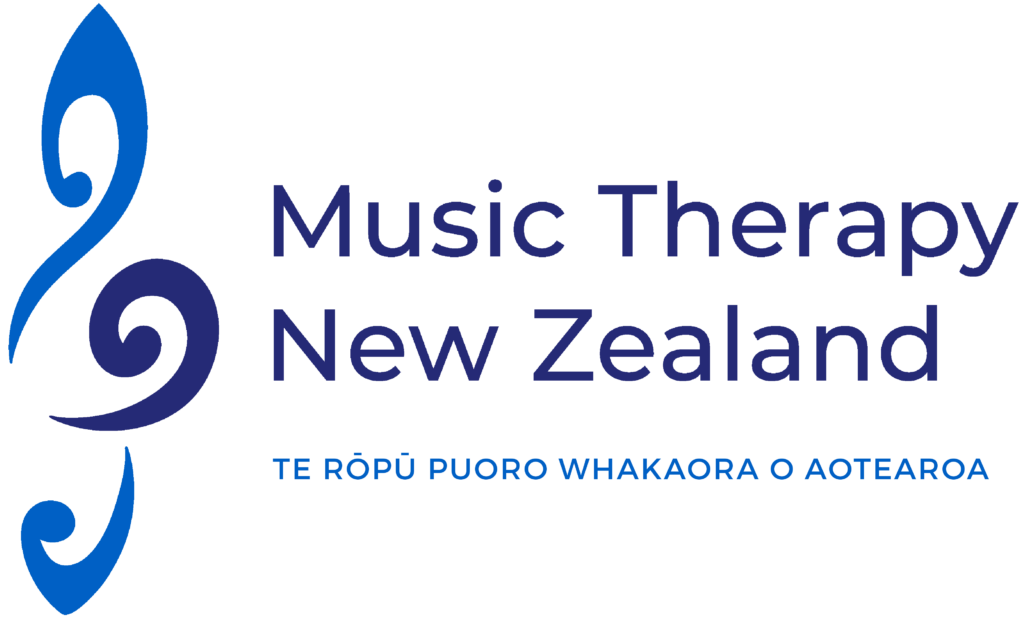NiaNia, W., Bush, A. & Epston, D. (2017). Collaborative and Indigenous Mental Health Therapy: Tātaihono – Stories of Māori Healing and Psychiatry. New York, NY: Routledge.
Reviewer: Claire Molyneux
MA (Music Therapy), BA (Hons), PGCertHealSc (Clinical Supervision), NZ RMTh, HCPC (UK) Music Therapist
Anglia Ruskin University, Cambridge, UK.
This publication is a collaboration between Wiremu NiaNia, a Māori spiritual healer, Allister Bush, a child and adolescent psychiatrist (who worked together at Te Whare Mārie, the Māori mental health service at Capital Coast District Health Board), and David Epston, co-founder of narrative therapy1. The book embodies the principles of Te Tiriti o Waitangi (Treaty of Waitangi) – partnership, protection and participation – at many levels: in the engagement with the young people and their families, in the working partnership between NiaNia and Bush, and in the consultation and collaboration with the young people, their families and a group of senior psychiatrists during the writing process. “In each story we reflect on the meaning of what happened from at least three perspectives: that of the psychiatrist, that of the Māori healer, and that of the young person and their family” (p.14). The joy of this book is not only in the narratives that powerfully describe the healing processes for the young people and their families, but also in the way the authors have generously shared their experiences of collaboration and learnings when wairuatanga (spirituality) and cultural accountability are given a central place in the work.
The stories in the book focus on the unique experiences of five individuals and document the ways in which spiritual and cultural problems were identified and subsequently addressed with culturally appropriate interventions. The stories are preceded by two informative chapters. First the authors introduce themselves, their backgrounds and influences, with NiaNia explaining the central concepts of mauri, mana and tapu,which “can help families make sense of wairuatanga” (p.3). Chapter 2, “Context”, provides detailed contextual information that situates the Māori mental health service within the history of colonisation and the devastating effect this had on indigenous healing practices and beliefs in Aotearoa. This chapter goes on to describe the struggle to recover and reposition Māori knowledge within the mental health service, and acknowledges the leading role played by Mason Durie2 in this process. Bush provides valuable context for his own journey towards understanding the ways that colonising processes continue to be perpetrated by Western-trained health professionals and therapists. The process of decolonisation, which calls for mutual respect and reciprocity among all partners, and a commitment “to be mindful of the extent to which Western therapeutic concepts tend to dominate indigenous paradigms and render them invisible” (p.36) is embodied in the work in this book.
The closing chapter, “Tātaihono”, generously outlines the practical ways in which NiaNia and Bush have worked together to address cultural and spiritual problems, along with their reflections about the writing process itself. The careful reader can gain insight and understanding of the principles of cultural accountability, collaborative approaches, and ways to enquire and listen that open up different conversations. This chapter emphasises the importance of partnership and negotiation with the young person and their family in working towards a “shared understanding of the overall problem and situation” (p.155).
The narratives presented attend to the intersection between “psychiatry and culture” (p.13), challenge the dominant Western psychiatric lens, and show the ways in which the team at Te Whare Mārie open up the potential for different understandings, particularly when the presenting experiences and symptoms do not fit recognised diagnostic categories. For example, Chapter 6, “I Will Not Leave My Baby Behind”, describes the way in which a young girl’s sleep disturbances, anxiety, and episodes of agitated behaviour were ameliorated following a single intervention by NiaNia, after a cultural problem was identified. Bush describes NiaNia’s assessment as including “perceptions not only of the appearance, intentions, and communications from family members in the therapy room, but also of deceased ancestors whom he perceived as present in the room” (p.101). An understanding of intergenerational breaches or conflict in relationships was reached. NiaNia’s intervention brought about reparation and healing which restored balance for the whole family across multiple generations.
Most of the narratives describe transformative experiences that occurred during a single intervention or consultation with NiaNia. However, the final narrative, “Into the World of Light”, describes work that took place over an extended period. It provides insight to the ways in which the needs of a young woman experiencing distressing voices and visions were addressed using “an integrated approach incorporating medical, psychological, and spiritual aspects” (p.104). This chapter goes on to highlight some of the literature and research emerging from the recovery movement, which aims to empower individuals accessing mental health services, and explores differing views about hearing voices. This interrogation of dominant discourses in psychiatry provides a helpful example which can encourage other professionals to question and be open to new understandings.
The narrative style of writing is accessible, and there is an easy conversational tone throughout. A warmth of relationship and respect for different knowings and expertise is evident, along with a determined process of inquiry and deconstruction of dominant attitudes and approaches in psychiatry. A spirit of partnership is central to the book and demonstrates an inclusive and collaborative approach where young people and families are given opportunities to experience their own agency. The book explores the conversations required for the ongoing process of decolonisation, and is a welcome guide to the ways in which culturally collaborative and appropriate practice can be established and support beneficial outcomes. I highly recommend it as inspirational and informative reading for all music therapists, especially within the context of growing dialogue between New Zealand music therapists and Māori traditional healers and musicians (Rollo, 2013; Fletcher, DeAth Green, MacDonald & Hoskyns, 2014; Nunns, 2003; Hoskyns & Roestenburg, in press) which builds on earlier conversations (McIvor, 1988, 1998) and brings different understandings of the ways in which sound and song connect with the physical world, health and medicine.
Notes:
- http://dulwichcentre.com.au/what-is-narrative-therapy
-
Sir Mason Durie (Rangitāne, Ngāti Kauwhata, Ngāti Raukawa) is Emeritus Professor of Māori Research and Development at Massey University and is known for his contributions to Māori health.
References: See full journal.
Download Full Journal


